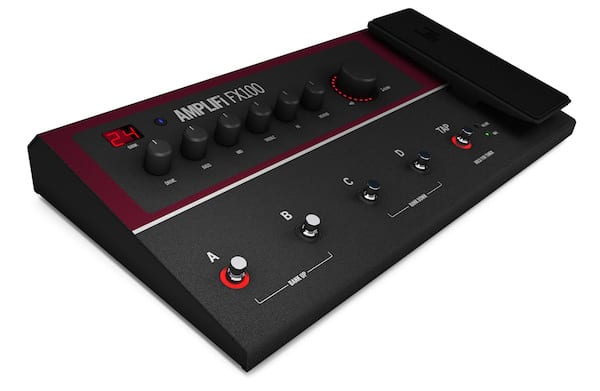 Note: The following is part of our Creative Tech series. Creative Tech aims to educate and inform creative professionals about the ways technology can enhance their creative work experience.
Note: The following is part of our Creative Tech series. Creative Tech aims to educate and inform creative professionals about the ways technology can enhance their creative work experience.
In the last 15 years, there has been a revolution in the area of amplification of electric and acoustic guitars – specifically digital amp and effects modeling. Many companies now offer fantastic recreations of the circuitry and sounds made by classic amps and effects pedals that have been popular over the last 50 years. It is now commonplace to find applications and hardware units that provide stunning recreations of the sounds players crave and use.
Avid Eleven Rack, Digitech, Line 6, Kemper Profiling Amp, Fractal Audio, IK Multimedia Amplitube, and BIAS AMP are just a few of the companies creating great amp modeling products for guitarists. They range from inexpensive iPad apps to hardware costing several thousand dollars.
One issue that immediately arises is how to use these sounds in a live performance setting. Over the years, guitarists have grown accustomed to and depend on the ability to change sounds, amp settings and effects “on the fly” as they perform. This often happens several times in one song. We are talking about switching between classic “clean” (undistorted) rhythm tones and blistering “lead guitar” tones in the course of one song. To add to the complexity, guitarists often have custom made “pedal boards” that have six or more effects pedal units on them such as Chorus, Wah Wah, Overdrive, Delay, Flanger, etc. These units are often switched in and out of the signal path on an individual basis as desired by the player. Most conventional guitar amps also have footswitches attached to the amp so that different channels and sounds can be selected. Between the amp footswitches and effects pedals, guitarists often feel like they are doing a “tap dance” while playing in order to select the right sounds and effects.
Digital amp and effects simulation
With the advent and evolution of digital amp and effects simulation, guitarists can now create a preset sound that uses any desired amp model, digitally modeled effects unit, digitally modeled speaker cabinet and digitally modeled virtual microphone that would typically be used in front of a “real” guitar amp. These modeled sounds have become very convincing over the last 5 years or so.
Guitarists are a somewhat traditional bunch in that they are often using guitars, amps and effects that were designed in the fifties, sixties – the so called “Golden Age” of guitar and guitar amp design. Fender Stratocasters, Telecasters, Gibson Les Pauls, and the classic Marshall and Fender amps of that era are still highly regarded and used often by players in many styles.
Since we are talking about guitar amp simulation, its important to know that amps of that era used vacuum tube technology (the British call them “Valves”). Tubes react and sound different than solid-state circuits. For instance, a guitarist can often set the volume control on his/her amp to achieve a distorted sound. This sound can be used for lead guitar and also used for distorted “crunchy” rhythm chord playing. On a tube amp, all the guitarist then has to do is turn down the volume on their guitar and a tube amp will “clean up” and become much less distorted. The guitar player gets, in essence, 3 sounds from one amp setting. This so-called “dynamic” response is one of the desirable features of tube tech and is hard to recreate with solid-state circuits. The good news is that in the world of digital amp modeling, this characteristic is now possible.
Guitarists can now create “presets” that have every element they want in a particular sound and save it in the device’s memory. The need to be able to switch among these presets has been solved in a number of ways by different manufacturers. One of the leading companies in this area is Line 6. They have been steadily evolving their modeling technology since the late 90s and it is fantastic. They have a full range of amp/effect modeling tools to suit every need and budget. They all sound great! I recently started using their AMPLIFi FX100 unit (pictured above), and it is a great sounding and incredibly useful tool with digital models of dozens of classic amps, effects, etc. The unit sits on the floor in front of the guitarist and the user can select from presets as needed with footswitches. There is also a built in volume/expression pedal.
The companion app
The slick thing about the AMPLIFi FX100 is that it is fully programmable via Bluetooth using your iPad, iPhone or Android device using their free AMPLIFI Remote utility app. The user simply creates a Bluetooth connection and then is presented with a very intuitive and visual set of screens to edit amp and effect sounds.
What’s even more fun is the fact that you can easily do a search in their “cloud” to find examples of presets in the style of most any player. Type in Eric Clapton, Joe Bonamassa or a band name such as AC/DC and up comes a long list of sounds in that style. Any sound from the cloud can be loaded into your device and then tweaked and adjusted and saved in your unit.
Another interesting feature is the ability to go to your music library on your connected device, select a song and the FX 100 will load in a selection of guitar “tones” that match those used in that particular song. What a great way to get right to the fun of then jamming along with the song with the right sound. You can easily publish your own sounds to the cloud with one push of a button.
I should point out that a guitarist does not need to be connected to the FX100 via Bluetooth to use it on a live gig. You simply save sounds into the unit while connected beforehand and then use the unit as a stand alone in a live setting. Since the presets can sound exactly like a real guitar amp, effects and microphone signal chain, there is no need to use an amp at a live gig at all. I take the output of my FX 100 and send it directly to the PA system and listen to my sound through the floor monitors or in ear monitors. It takes some getting used to but the fact that I don’t have to carry large, heavy amps and effects to the gig is a huge improvement. This scenario also cuts down on stage volume and lets the sound engineer make the whole band as loud or quiet as needed.
We have come a long way in the evolution of guitar amplification and it will be exciting to see where it goes in the next 15 years.
• Roger Adler is a freelance composer/producer/performer who has played more than 4,500 live gigs from smoky bars to the Inaugural Ball for the President of the United States. He has played on more than 1,000 TV commercials as a guitarist and even played on the soundtrack for and appeared in the movie Groundhog Day. As a composer, his clients include Comic Relief on A&E, HBO, PBS (NOVA) WTTW Chicago and many more. He has received four EMMY Nominations for his music for TV and his TV show Wild Chicago won many Emmy awards. He also co-wrote and produced the debut single by Michael Lynch from THE VOICE TV show.
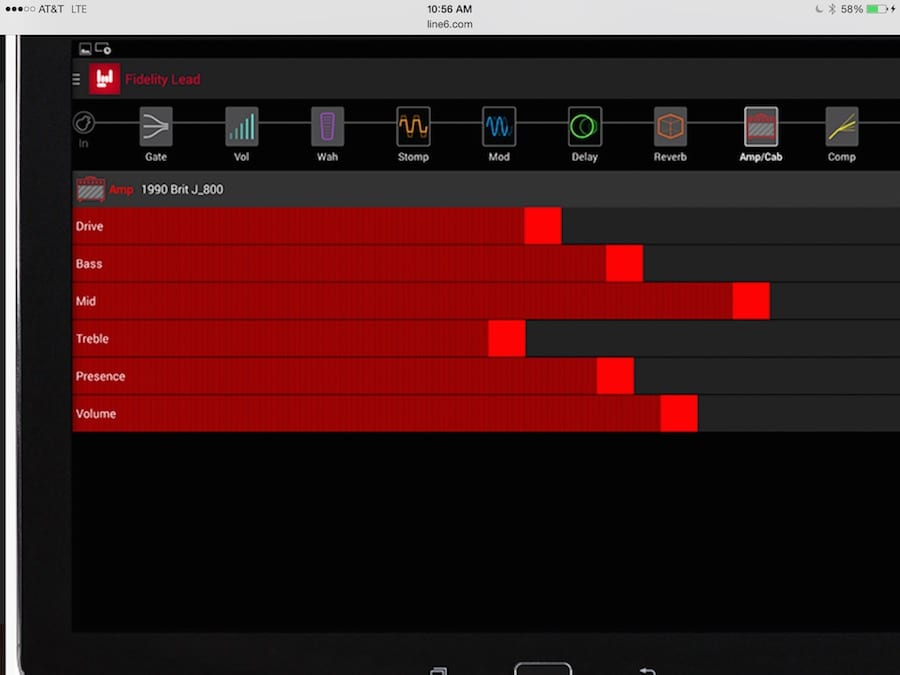
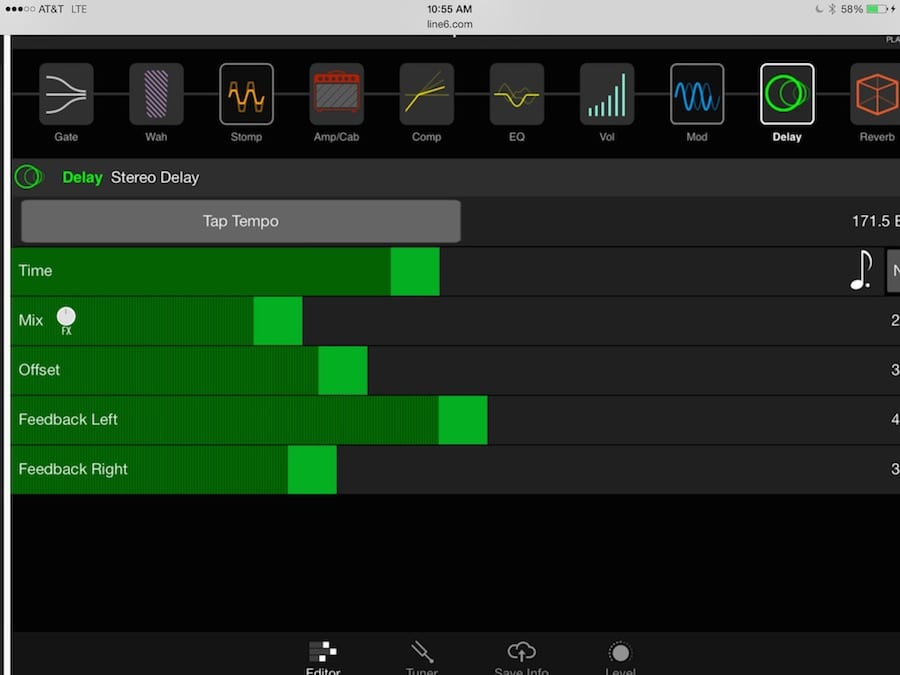
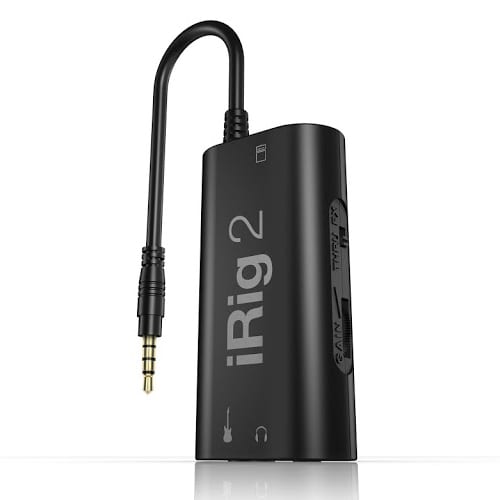
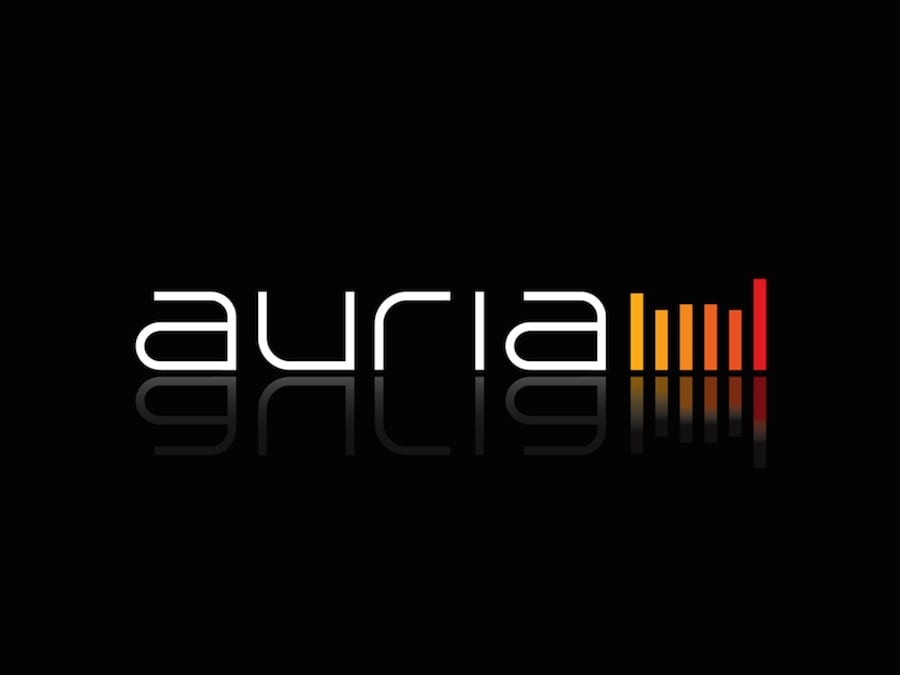

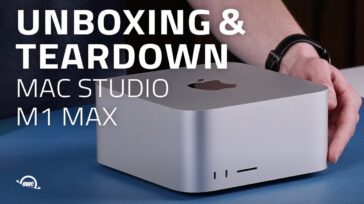
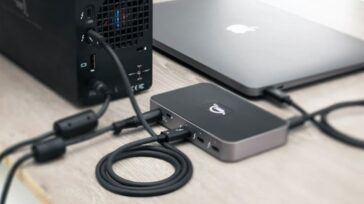



Very nice piece of gear! Line 6 has certainly come a long way however I’ve always believed they’ve been at the forefront of amp modelling technology since they started.
Thanks!
Justin
guitarpickzone.com/best-guitar-amp-stand/